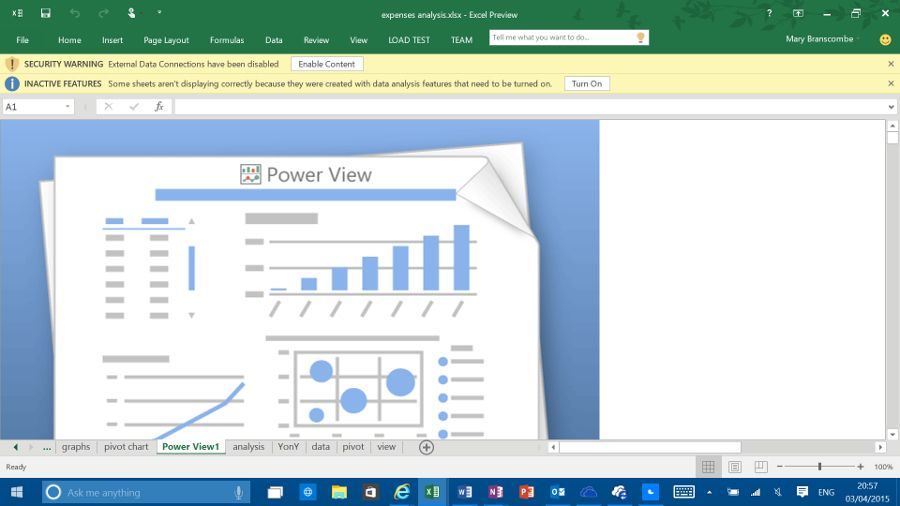

More importantly, you will be able to see the prompts that the macro puts on the status bar down at the bottom of the window to show its progress. I won’t say that “Not responding" will be a thing of the past, but if you use the latest (8 November or later) versions of my macros you’ll still be able to see onscreen that something is still going on. I’ve discovered a new (to me) command (DoEvents) that I can put in my programs it makes the macro stop for a fraction of a second and this allows the computer to update the screen. Take the dog for a walk.īut there’s some good news, especially for users of my macros. This can then cause Word to crash altogether. Definitely don’t do that! By clicking on the screen you’re trying to force Word to update the screen display, and that takes up even more processor time. The user’s natural response at this point is to click on the screen – just to check if Word is still working. Actually, the macro hasn’t stopped working it’s just that the macro is using up so much processing time that the computer’s operating system decides it hasn’t got time to update the screen display – well, not until the macro finishes. When a macro is running, if it’s taking rather a long time (according to Microsoft), Word displays a warning message in the title bar of the window – "Not responding" – and the screen display freezes. do you sometimes see this message at the top of a Word window when it’s running a long macro? If so, you don’t need to panic.


 0 kommentar(er)
0 kommentar(er)
